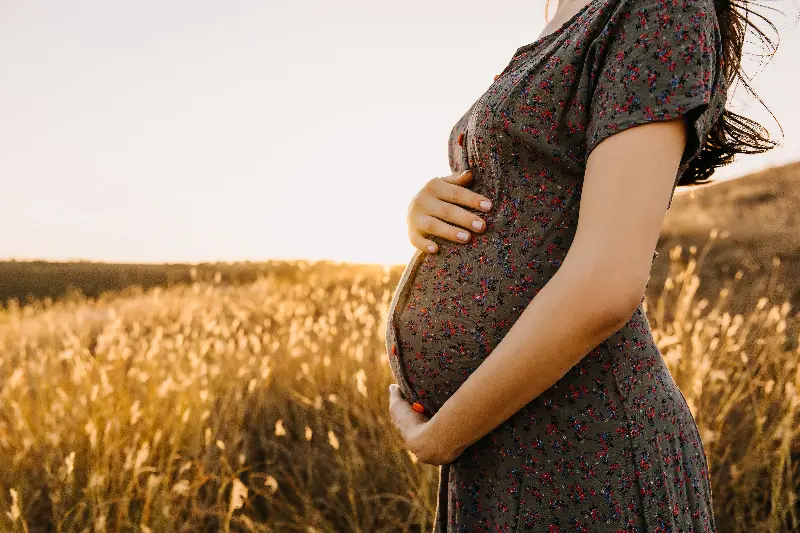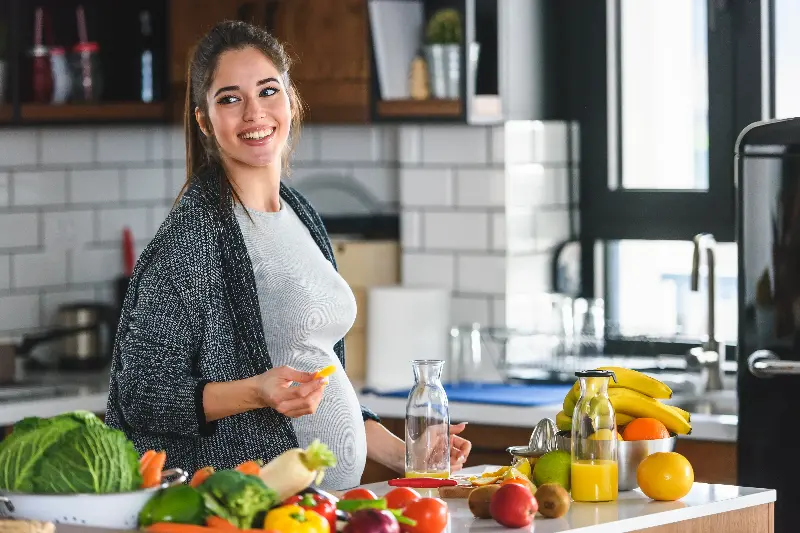Pregnancy advice is everywhere. From family traditions to online forums, it seems the entire world has an opinion on what is safe, what is harmful, and what to avoid at all costs during these precious months. But how much of this advice is based on science, and how much is just a well-meaning myth? If you or your partner is expecting, you’ll want the truth before making big decisions. Here are some surprising facts behind the most common pregnancy do’s and don’ts that might just challenge what you thought you knew.

Eating For Two: Fact Or Fiction?
You may have heard the tempting phrase, “You’re eating for two now!” But modern nutrition experts caution against doubling your calories. In the early stages of pregnancy, a woman does not need extra calories at all. By the second trimester, it’s only about 340 extra calories per day, and by the third trimester, closer to 450.
More important than quantity is quality. Focusing on nutrient-dense foods—like leafy greens, protein-rich beans, dairy, and whole grains—provides better support for both baby and mom. Overeating can actually increase the risk of gestational diabetes and high blood pressure. So, eating for two should mean feeding your body and your baby with twice the nutrition, not twice the portion size.
Skip All Seafood: Surprising Nuances
Seafood is another topic full of dos and don’ts. The fear of mercury contamination has led some to believe all fish are off-limits, but the reality is more nuanced. Low-mercury fish, such as salmon, sardines, tilapia, and shrimp, are not only safe, they are encouraged. These fish are rich in omega-3 fatty acids, which support fetal brain development.
The real advice is to avoid high-mercury fish, such as shark, swordfish, king mackerel, and tilefish. Canned light tuna can be eaten in moderation, while albacore (“white”) tuna should be limited. For women who love sushi, cooked rolls or vegetarian options are perfectly fine, but raw fish should be avoided due to the risk of harmful bacteria and parasites.

Steer Clear Of Caffeine? Not So Fast
For many, giving up that morning coffee feels like a cruel sacrifice. The good news: you don’t necessarily have to. Studies have shown that moderate caffeine intake—up to about 200 milligrams per day, or a 12-ounce cup of coffee—is safe for most expectant mothers. High caffeine intake, however, has been linked to increased risk of miscarriage and low birth weight. So, moderation is key, and it’s important to take into account caffeine from all sources, including tea, chocolate, and soft drinks.
The Truth About Exercise And Rest
Another common belief is that pregnant women should avoid strenuous activity and get as much rest as possible. In fact, unless your doctor tells you otherwise, exercise is highly beneficial during pregnancy. Regular movement can help reduce common discomforts, improve mood, and prepare the body for labor. Activities like brisk walking, swimming, prenatal yoga, and light strength training are generally safe.
On the flip side, high-risk sports, activities that increase your risk of falling, or those involving lying flat on your back after the first trimester should be avoided. Each pregnancy is unique, so getting your healthcare provider’s green light is essential before starting or continuing any routine.

Say Goodbye To Cheese? Not Quite
Cheese lovers often worry they’ll need to forgo their favorite snack. The truth is, most cheeses are safe during pregnancy, as long as they are made from pasteurized milk. Cheeses like cheddar, mozzarella, cream cheese, and most hard cheeses are safe. It’s primarily soft, mold-ripened cheeses such as brie, camembert, and blue-veined cheeses that can carry a higher risk of listeria contamination if unpasteurized. Checking labels is the easiest way to enjoy cheese without worry.
Craving Crunchy Ice And Odd Combinations
Strange cravings during pregnancy are famous. Some may find themselves desperate for pickles and peanut butter or, oddly, chewing on ice. While most cravings are harmless (if odd), an overwhelming need to chew on non-food substances like ice, clay, or paper may signal iron deficiency—a condition called pica. If such cravings occur, it’s wise to bring them up with a healthcare provider.
